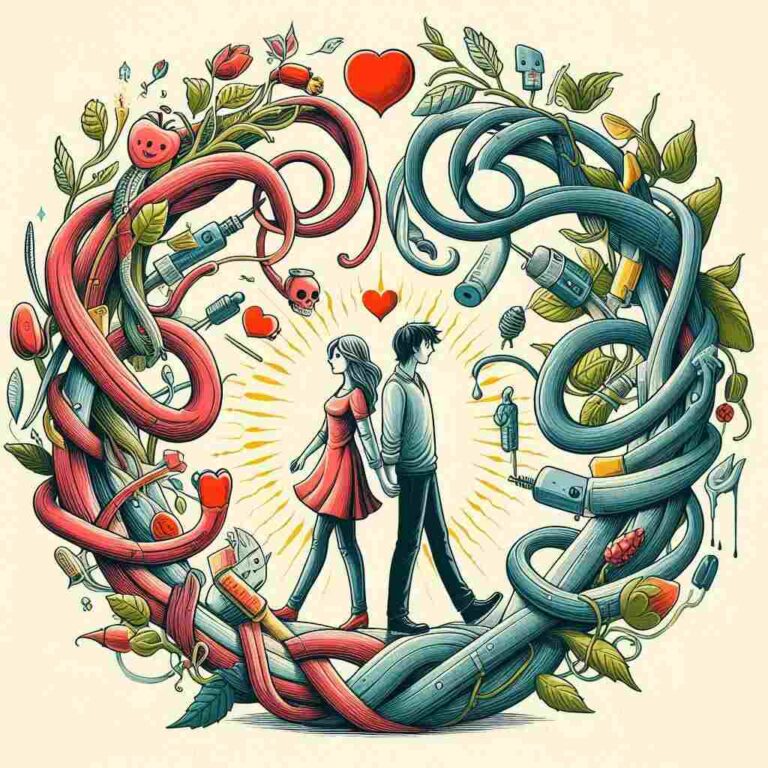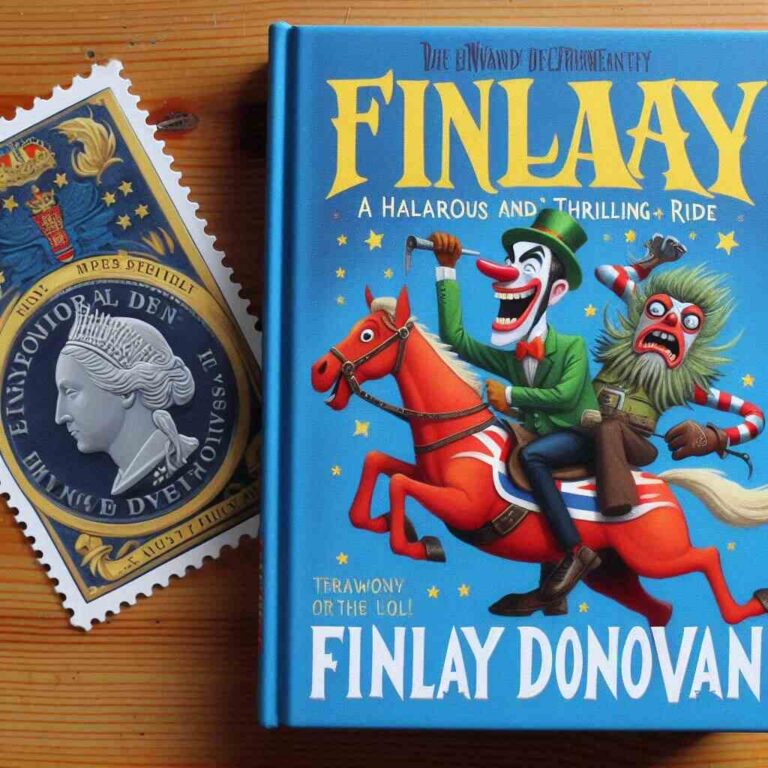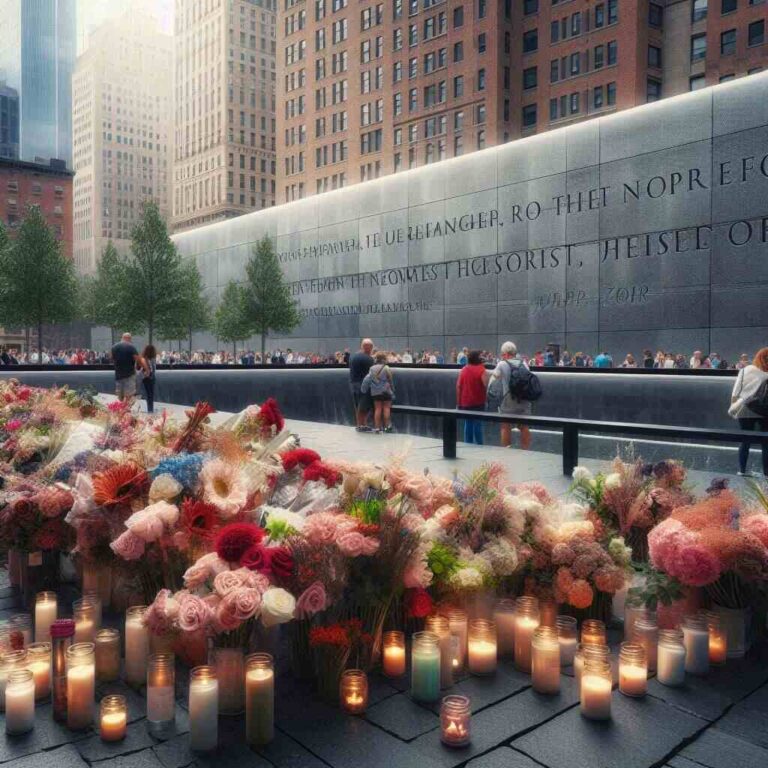3 Quotes from The Red Pencil
If you love a line that lingers in your mind and stirs your emotions, The Red Pencil by Andrea Davis Pinkney is filled with them. In this article, we’ll explore three powerful quotes from the novel, uncover their meaning, and see why they’re so impactful. You’ll get the context behind each line, the deeper symbolism, and how you can use these quotes in your own reflections, writing, or teaching. Think of this as a guided walk through some of the most meaningful words in the story.
About The Red Pencil

Author and Form
The Red Pencil is a middle-grade novel written in verse by Andrea Davis Pinkney. It follows the story of Amira, a 12-year-old Sudanese girl whose life changes dramatically due to conflict and displacement. The verse form makes the language poetic, rich, and layered — which means single lines can carry huge emotional weight.
Why the Red Pencil Matters
In the novel, the red pencil is both a real object and a powerful symbol. It’s a gift that represents hope, learning, creativity, and a future that Amira might not have imagined before. It shows how even a small tool can open the door to big change.
Quote #1
The Quote
“My hand and my twig and my sparrow do the dance on the sand.”
Context in the Story
This line comes from a moment early in the novel when Amira is drawing in the sand with a twig. She doesn’t yet have a pencil, but she still finds ways to create. The “sparrow” adds a sense of lightness and life to the scene.
Line-by-Line Meaning
- “My hand” — ownership; the act of creation is hers alone.
- “my twig” — a humble tool, showing creativity doesn’t require expensive materials.
- “my sparrow” — a metaphor for freedom, movement, and fragility.
- “do the dance on the sand” — expressing joy and rhythm, even in a temporary medium.
This line is a beautiful reminder that creativity can thrive even in the simplest, most challenging environments.
Quote #2
The Quote
“It suits you…Such a bold color. Strong.” — Old Anwar
Context in the Story
When Amira finally receives her red pencil at the refugee camp, Old Anwar — a wise elder — acknowledges it with this short but meaningful sentence. The pencil isn’t just a tool; it reflects something deep inside Amira.
What It Teaches Us About Resilience
A few words of encouragement can be life-changing. Old Anwar’s recognition tells Amira she belongs to the world of learning and creativity. It’s a quiet moment of validation, proving how powerful kindness can be.
Quote #3
The Quote
“I am the red pencil!”
Context
This bold declaration marks a turning point in Amira’s journey. She’s no longer just using the pencil — she identifies with it. It’s not simply an object she holds; it’s a reflection of who she has become.
Why It Matters
When Amira claims “I am the red pencil,” she’s embracing her identity as a creator and storyteller. It’s a moment of empowerment — she moves from being a character in someone else’s story to writing her own.
Themes & Symbolism
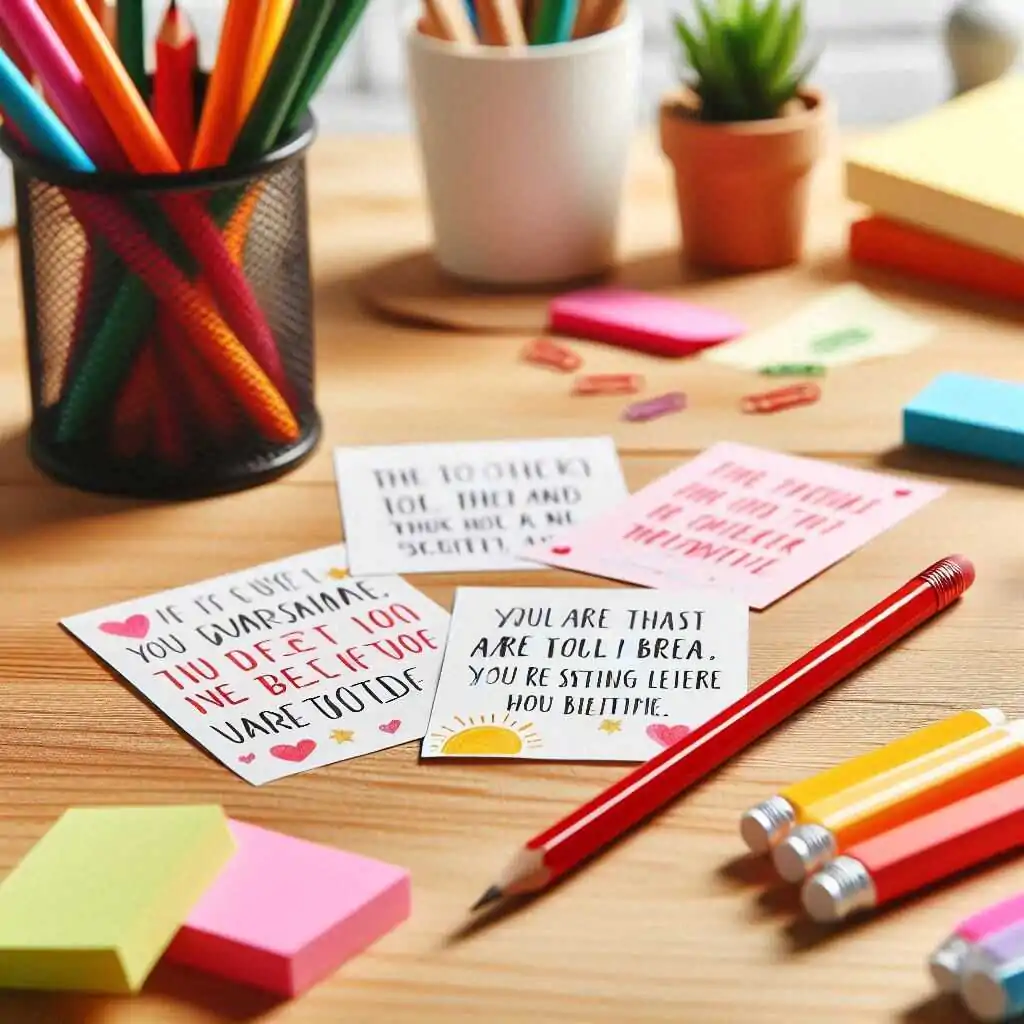
The Red Pencil as a Metaphor
The red pencil represents growth, healing, and possibility.
- Seed: It sparks curiosity and learning.
- Medicine: It helps process grief and trauma through creative expression.
- Key: It opens new paths toward education and opportunity.
How the Quotes Connect
- Quote #1 shows the roots of creativity in humble beginnings.
- Quote #2 demonstrates the power of recognition from others.
- Quote #3 captures the moment of self-empowerment.
How to Use These Quotes
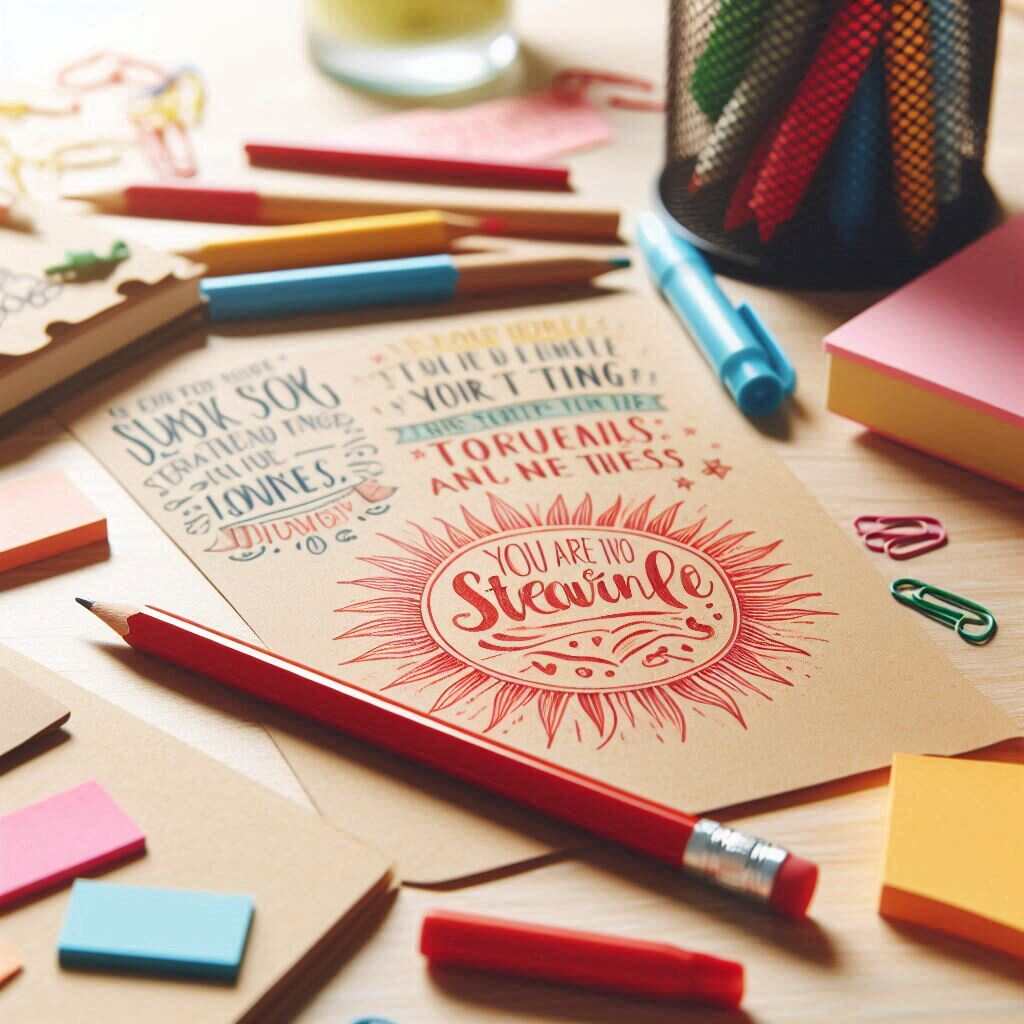
Social Media Captions
- “Small tools, big dreams. #TheRedPencil”
- “A little encouragement can change a life.”
- “Claim your story. Be the voice.”
Teaching Ideas
- Quote #1: Have students draw with unconventional tools and reflect on the experience.
- Quote #2: Ask students to write about a time someone’s words gave them strength.
- Quote #3: Invite students to complete the sentence: “I am…” to explore identity and purpose.
Conclusion
These three quotes from The Red Pencil — a sand drawing, a moment of praise, and a bold self-declaration — capture the heart of the story. They show us that creativity can start in the simplest ways, grow with encouragement, and ultimately lead to self-discovery and empowerment. Whether you’re a reader, teacher, or writer, these lines remind us that even the smallest tools can change a life.
FAQs
Q1: Who wrote The Red Pencil?
Andrea Davis Pinkney.
Q2: What is the book’s format?
It’s a middle-grade novel written in verse.
Q3: What age group is it for?
Typically ages 9–13, but its themes are universal.
Q4: What does the red pencil symbolize?
Hope, creativity, learning, and personal empowerment.
Q5: Is it based on true events?
It’s inspired by real-world events in Sudan but told through fictional characters.
Q6: Why is Old Anwar’s quote important?
It shows the transformative power of simple encouragement.
Q7: Why is the “sparrow” in Quote #1 significant?
It symbolizes freedom and the lightness of creativity.
Q8: How can these quotes be used in class?
As writing prompts, discussion starters, or thematic analysis exercises.
Q9: What is the main message of the book?
Even in hardship, creativity and learning can open the door to hope.
Q10: Why is “I am the red pencil!” a turning point?
It marks Amira’s embrace of her identity as a creator and her newfound confidence.


